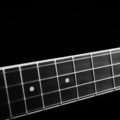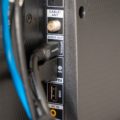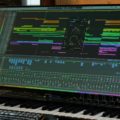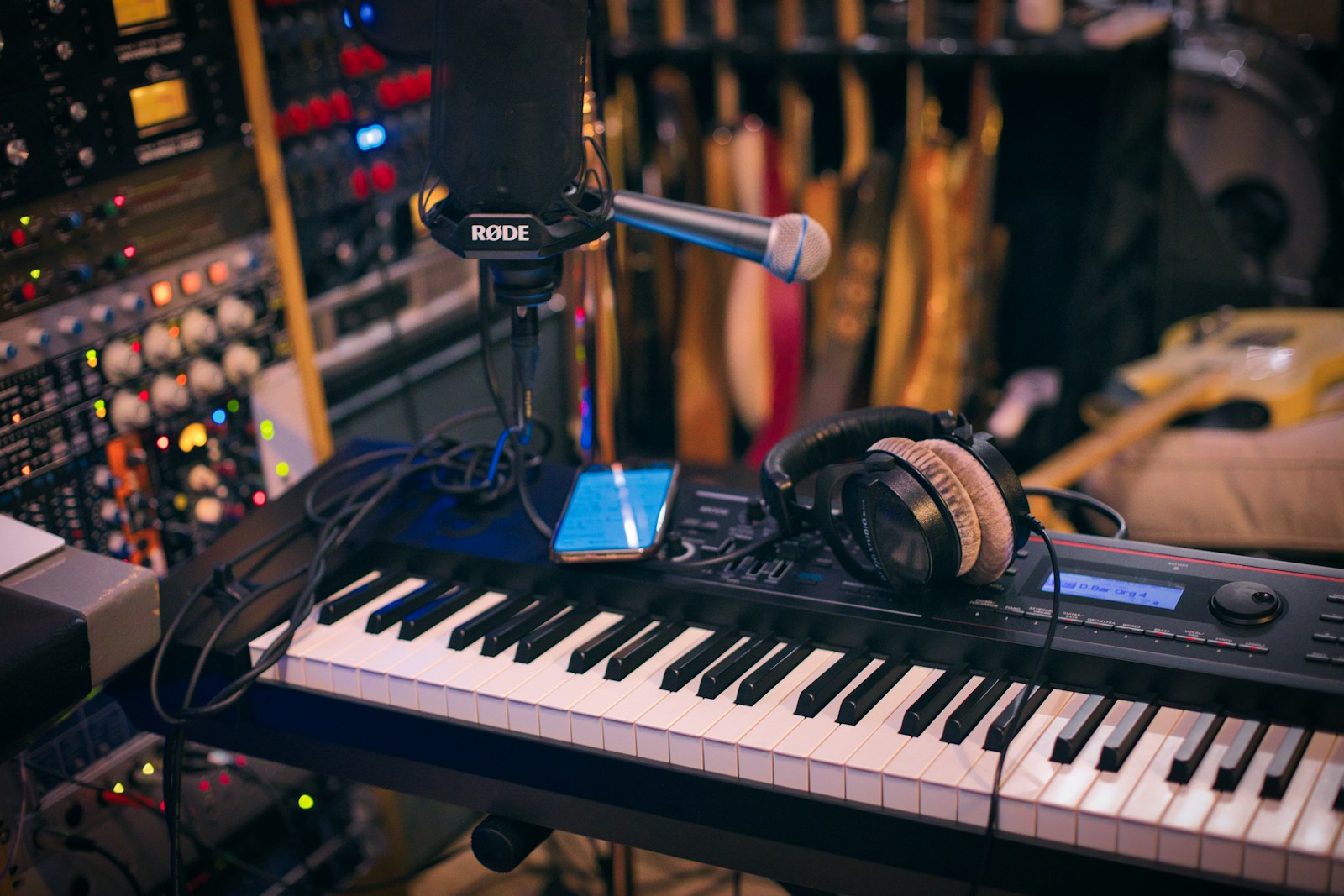 When I first began learning about compressors, I found the technical language quite daunting. In simple terms, compression can be thought of as a method for balancing the loud and soft parts of vocals or instruments, making their behavior more predictable. Compression raises the quiet sections and tames the loud ones, making it easier to manage volume levels during mixing Music Production - Improve Your Sound - The rise in popularity of work-from-home studios has significantly impacted the music production landscape in recent years, driven by the increasing availability of tools and technology. This growth has led to the emergence of mobile recording rigs, making it possible to record full band performances anywhere. While one might anticipate a wealth of high-quality music,… .
When I first began learning about compressors, I found the technical language quite daunting. In simple terms, compression can be thought of as a method for balancing the loud and soft parts of vocals or instruments, making their behavior more predictable. Compression raises the quiet sections and tames the loud ones, making it easier to manage volume levels during mixing Music Production - Improve Your Sound - The rise in popularity of work-from-home studios has significantly impacted the music production landscape in recent years, driven by the increasing availability of tools and technology. This growth has led to the emergence of mobile recording rigs, making it possible to record full band performances anywhere. While one might anticipate a wealth of high-quality music,… .
EQ and compression settings, such as attack, release, ratio, and threshold, can be adjusted to alter the audio more or less aggressively. Too little compression can result in tracks that are lost in the mix or become too prominent, while too much compression can make them sound lifeless.
EQ is another essential tool, but it can also quickly ruin the sound of a mix if used improperly. Overusing EQ and compression is a common mistake among inexperienced mix engineers. The purpose of EQ is to subtly adjust the sound of a track, allowing it to fit well with other tracks in a mix.
Vocals are a crucial element of any mix, and achieving the right balance involves compression, EQ, and volume fader automation. It’s common to apply some compression to a vocal track during recording, followed by additional compression and EQ adjustments in the mix to ensure the vocal remains consistent and present.
Acoustic guitars Ibanez Acoustic Guitars - Ibanez acoustic guitars are among the leading guitar brands in the market. These guitars are incredibly versatile and cater to a wide range of music genres. With so many guitar brands available, it can be challenging to choose just one. However, the Ibanez guitar stands out for its robust qualities and exceptional sound. About Ibanez… can be challenging to fit into a mix while maintaining their texture and character. Using a combination of compression and EQ can help address this issue. EQ settings for acoustic guitars should be adjusted based on the complexity of the mix. EQ adjustments for acoustic guitars can be more subtle in simpler mixes and more aggressive in full-band mixes to create space for other instruments while preserving the guitar’s essential sound.
Both compression and EQ are powerful tools in your mixing arsenal, but overuse can do more harm than good. Knowing when to stop is crucial. As a general rule, compression should be placed after EQ in the signal chain, as EQ effectively changes the volume of a track, and compressors tend to respond more effectively to EQed audio. The suggested EQ and compression settings should be considered a starting point, as each mix is different, and your ears will guide you in determining what works best.
Manuel Marino is a seasoned Senior Producer, Music Composer, and Artist with over a decade of experience. He specializes in branded entertainment across various mediums, including video games, films, and advertising campaigns. With 20+ years as a game music composer, Manuel has worked on numerous platforms, creating diverse orchestral soundtracks. HIRE ME
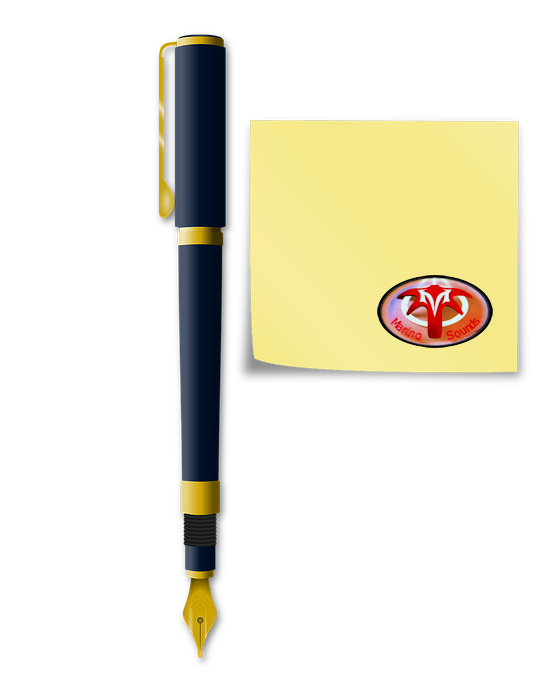

 Manuel is a passionate, driven, and techsavvy AV technician,
Manuel is a passionate, driven, and techsavvy AV technician, 
